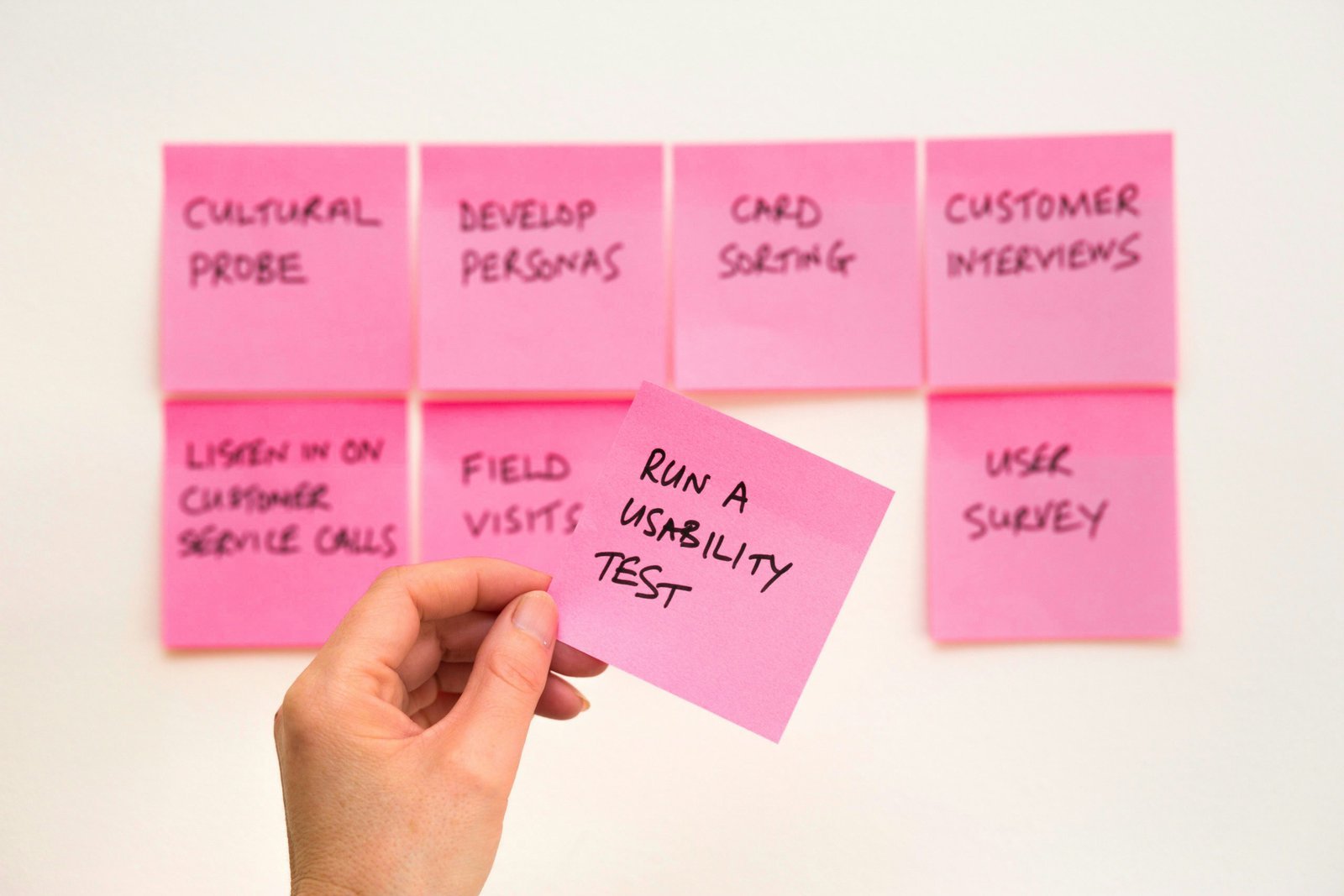
Introduction
When it comes to designing products or services, understanding the needs and preferences of the target users is crucial. This is where user research comes into play. User research methods allow businesses to gather valuable insights about their users, which can then be used to inform the design and development process. In this article, we will explore various user research techniques, including interviews, surveys, usability testing, and ethnographic studies, and provide tips for conducting effective research.
1. Interviews
Interviews are one of the most commonly used user research methods. They involve having one-on-one conversations with users to gather qualitative data about their experiences, needs, and expectations. Here are some tips for conducting effective interviews:
- Prepare a clear set of questions: Before conducting an interview, it is important to prepare a set of well-thought-out questions that will help you gather the information you need. Make sure the questions are open-ended to encourage users to provide detailed responses.
- Active listening: During the interview, it is crucial to actively listen to what the user is saying. This means giving them your full attention, maintaining eye contact, and taking notes. Avoid interrupting the user and let them express their thoughts and opinions freely.
- Build rapport: Building a rapport with the user is essential to create a comfortable and open environment for the interview. Start the conversation with some small talk to establish a connection and make the user feel at ease.
- Record the interview: It can be challenging to capture all the details during an interview, so consider recording the conversation with the user’s permission. This will allow you to review the interview later and extract key insights without relying solely on your notes.
2. Surveys
Surveys are another popular user research method that allows businesses to collect quantitative data from a large number of users. Here are some tips for conducting effective surveys:
- Define the objectives: Before creating a survey, clearly define your research objectives. What specific information are you trying to gather? Are you looking for feedback on a particular feature or trying to understand user demographics? Having a clear objective will help you design a survey that targets the right questions.
- Keep it concise: People have limited attention spans, so it is important to keep your survey concise and focused. Avoid asking too many questions and only include those that are necessary to achieve your research objectives.
- Use a mix of question types: Surveys can include various question types, such as multiple-choice, rating scales, and open-ended questions. Using a mix of question types can help gather both quantitative and qualitative data, providing a more comprehensive understanding of user preferences.
- Pilot test the survey: Before sending out the survey to a larger audience, pilot test it with a small group of users. This will help you identify any issues with the survey design or question wording and make necessary adjustments before launching it.
3. Usability Testing
Usability testing involves observing users as they interact with a product or service to identify any usability issues and gather feedback. Here are some tips for conducting effective usability testing:
- Define the test objectives: Clearly define what you want to achieve through usability testing. Are you looking to identify specific usability issues, gather feedback on the overall user experience, or compare different design iterations? Having clear objectives will help you design the test scenarios and tasks.
- Recruit representative users: It is important to recruit users who represent your target audience. This will ensure that the feedback you receive during usability testing is relevant and actionable. Consider using a screening questionnaire to identify users who match your target demographic.
- Provide clear instructions: When conducting usability testing, provide clear instructions to the users about the tasks they need to perform. Make sure the instructions are concise and easy to understand to avoid any confusion or bias in the results.
- Observe and take notes: During the usability testing session, observe how users interact with the product or service. Take detailed notes on any usability issues they encounter, their feedback, and their overall experience. This information will be valuable for identifying areas of improvement.
4. Ethnographic Studies
Ethnographic studies involve observing and studying users in their natural environment to gain insights into their behaviors, motivations, and needs. Here are some tips for conducting effective ethnographic studies:
- Choose the right participants: Select participants who represent the target users you want to study. Consider factors such as demographics, behaviors, and attitudes to ensure you gather relevant insights.
- Be a participant observer: In ethnographic studies, researchers often become participant observers, meaning they actively participate in the users’ activities while observing and taking notes. This allows for a deeper understanding of the context and the factors influencing user behavior.
- Collect multiple data sources: To get a comprehensive view of the users’ experiences, collect data from multiple sources. This can include interviews, observations, photographs, videos, and artifacts. Analyzing these different data sources will help you uncover patterns and insights.
- Respect privacy and ethics: When conducting ethnographic studies, it is important to respect the privacy and confidentiality of the participants. Obtain informed consent and ensure that any personal information is handled securely and in accordance with ethical guidelines.
Conclusion
User research methods provide businesses with valuable insights into the needs, preferences, and behaviors of their target users. By using techniques such as interviews, surveys, usability testing, and ethnographic studies, businesses can gather both qualitative and quantitative data to inform their design and development processes. Remember to carefully plan and execute each research method, ensuring that the data collected is accurate, relevant, and actionable. With a user-centered approach, businesses can create products and services that truly meet the needs of their users.